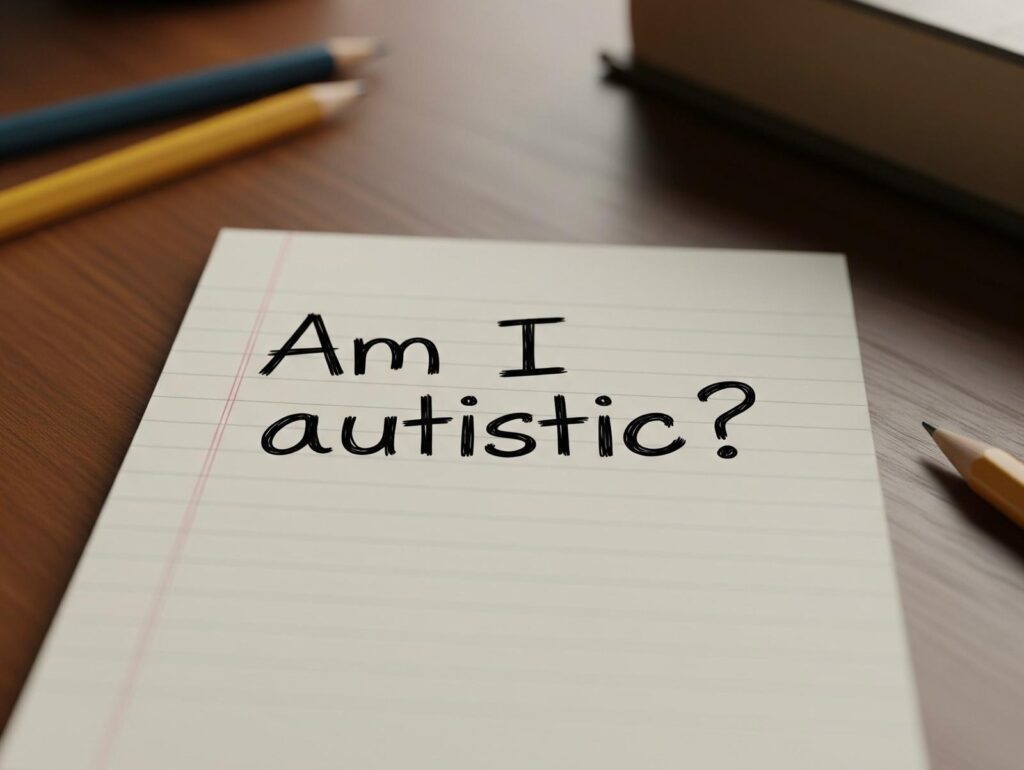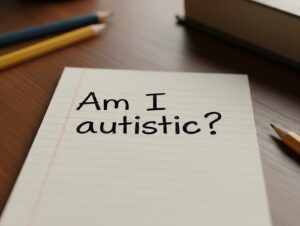The distinction between love and lust has long been a subject of interest in psychology. While these two emotions may seem similar, they are fundamentally different in terms of their origins, characteristics, and effects on relationships. This article examines the psychological differences between love and lust, drawing upon scientific research.
Understanding Love and Lust
Love is typically characterized as a deep, affectionate attachment to another person. Lust, on the other hand, is often defined as a strong desire primarily driven by sexual gratification. According to Hatfield and Rapson (1993), love can be classified into two types: passionate love, which involves intense feelings and sexual attraction, and companionate love, characterized by deep affection and commitment.
Psychological and Biological Differences
- Neurochemical Responses: Love and lust activate different areas of the brain. Fisher et al. (2002) found that romantic love is associated with brain regions rich in dopamine, a neurotransmitter linked to reward and motivation. In contrast, lust triggers the parts of the brain associated with desire and reward, particularly those influenced by sex hormones.
- Attachment and Longevity: Love is often associated with longer-term attachment and a desire for a lasting relationship. Lust, however, is generally considered short-lived and more focused on physical attraction. Sternberg’s (1986) triangular theory of love posits that love is composed of intimacy, passion, and commitment – elements less prevalent in lust-driven relationships.
- Emotional Connection: Love typically involves a deeper emotional connection and concern for the well-being of the other person. Lust may not necessarily include this level of emotional depth. Baumeister and Bratslavsky (1999) suggest that love encompasses a broader range of emotions and is linked to both personal fulfillment and relationship satisfaction.
Implications on Relationships
- Relationship Development: Relationships based on love tend to develop gradually and involve mutual respect, trust, and understanding. In contrast, relationships that start with lust might focus more on physical attraction and may evolve rapidly, but lack emotional depth.
- Stability and Satisfaction: Love is generally associated with relationship stability and satisfaction. Lust, without the development of deeper emotional bonds, might lead to transient relationships.
- Impact on Mental Health: Love, especially when reciprocated, can have a positive impact on mental health, enhancing self-esteem and overall well-being. Lust, particularly when unreciprocated or in the absence of an emotional connection, may lead to feelings of emptiness or dissatisfaction.
Conclusion
While love and lust are both integral aspects of human relationships, they differ significantly in their psychological and emotional underpinnings. Understanding these differences is important for recognizing one’s own emotions and for the development of healthy, fulfilling relationships.
References
- Hatfield, E., & Rapson, R. L. (1993). Love, sex, and intimacy: Their psychology, biology, and history. HarperCollins College Publishers.
- Fisher, H., Aron, A., & Brown, L. L. (2002). Romantic love: a mammalian brain system for mate choice. Philosophical Transactions of the Royal Society of London. Series B: Biological Sciences, 357(1424), 2173-2186.
- Sternberg, R. J. (1986). A triangular theory of love. Psychological Review, 93(2), 119.
- Baumeister, R. F., & Bratslavsky, E. (1999). Passion, intimacy, and time: Passionate love as a function of change in intimacy. Personality and Social Psychology Review, 3(1), 49-67.
How to get in touch
If you or your patient/NDIS clients need immediate mental healthcare assistance, feel free to get in contact with us on 1800 NEAR ME – admin@therapynearme.com.au.
Discover more from Therapy Near Me
Subscribe to get the latest posts sent to your email.






